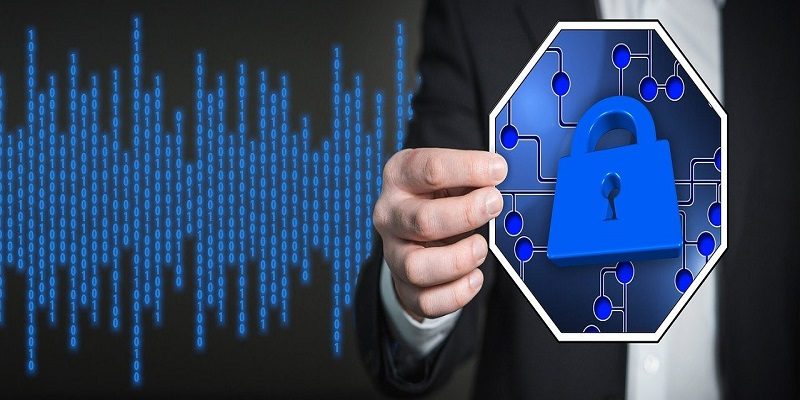Every business hopes that their operations run seamlessly and they never have to come to a recovery situation. Today, we have reached a point where trust is not enough – we have to check, check again, and again. This has given rise to what we’ve been hearing for the last few years – Zero Trust security.
Zero-trust architecture is built around a set of principles that presumes the network is always vulnerable to compromise in some way and sets out to safeguard access to critical data and resources. Dell Technologies as a leading enterprise solution provider is simplifying the Zero Trust framework for businesses as it is imperative to adopt a fool-proof cyber resiliency best practice to realise growth in the digital era. Here are some quick tips on how to implement a Zero-Trust architecture.
- Zero Trust can be understood as an extension to the least privileged access mechanism: The privilege refers to the authorization to bypass certain security restraints that would normally prevent the user to use the needed resources. This is extremely important to prevent the risks and damage from cyber-security attacks. This enables businesses to minimize the attack surface, improve audit, reduce risks and costs of security breaches
- One can think of Zero Trust as never trust, always verify: The core principle of the Zero Trust strategy is to consider every person and every device as a potential threat to mission-critical data. This philosophy in no means is restricted to users and endpoint devices but, should be extended to business infrastructure and IT resources deployed across the organisation
- For an organization, Zero Trust is more like an architecture or a strategy: No entity can be inherently trusted, and thorough verification is required to access all assets. Authentication and authorization posture checks are performed continuously which leads to the value of trust being constantly verified and re-verified
If you’re thinking the Zero Trust architecture is a silver blood that can go a long way in reducing your surface attack area, organizations need to be mindful that while identifying gaps and planning to remediate them is one part of this cyber resiliency framework, the response and recovery are still going to be very critical. You cannot look at any environment in piecemeal or in parts.
Organizations often miss out on this critical element of response and recovery where they think that traditional backups are good enough to meet the recovery requirements. Threats can come from anywhere, and it is critical to secure all aspects of the enterprise network from the edge to the endpoint, data centre and cloud. Unlike trust-then-verify frameworks, the zero-trust approach performs verification before it trusts a user, or device, and grants access.
All organizations have to be cognizant of the fact that Zero Trust is guidance for building an architecture to secure and fool-proof all your components, whether it is workloads and networks, or whether it’s your storage, people or processes, basis which you build a comprehensive framework. And obviously one needs specialized skills to keep this movement continuous by having external and internal people running these for ensuring they have maximum security. This is where Dell Technologies steps in to inculcate a strategy across the business. The Dell PowerProtect Cyber Recovery solution strengthens the Zero Trust architecture as a key framework across businesses, giving them the control over their critical data and organisational processes.
The upside of this period of change is a willingness to try new cybersecurity technologies and approaches, and to incorporate large-scale cultural change that perhaps has not been seen before. Organizations have to leverage this willingness for progression, to bring about a change in how we address trust for the long-term.






